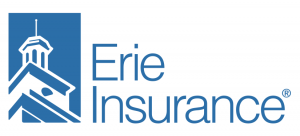While you may be familiar with the obvious need for homeowners insurance, the finer details and definitions of your coverage may be less clear. Take insurance peril, for example.
Even to long-time policyholders, the term may be either unknown or confused with other concepts. So, what are perils, how are they related to risks or hazards, and why are they important to understand?
What Does Peril Mean?
First, let’s establish some definitions around commonly used terms: peril, risk and hazard.
In insurance terms, a peril refers to an event that causes damage to your property. Risks, by contrast, are simply the likelihood of perils occurring, while hazards are conditions that elevate those risks.
Flammable materials stored near your home, for example, constitute a hazard that increases the risk of a fire. The fire itself is the peril.
Those perils for which your policy provides protection are often known as “covered” perils, while those it does not protect against are called “uncovered” or “excluded” perils.
Common Covered Perils
Perils lists will vary by insurance provider, however some of the most commonly covered perils are:
- Fire and lightning. This includes damage caused by flames and electrical arcing.
- Windstorms and hail. Damage from strong winds or hail is typically covered, including damage to roofs, windows, and siding.
- Weight of ice, snow, or sleet. Damage caused by the accumulation of these elements on your roof or other structures is usually covered.
- Water damage from frozen plumbing. Sudden and accidental water overflow or bursting pipes that cause home damage are generally covered.
- Theft. This covers losses incurred from the unauthorized removal of personal property due to burglary or break-ins.
- Falling objects. Damage from objects like tree limbs falling on the house, damaging the roof, or breaking windows, is covered.
- Vandalism. Damage intentionally caused by vandalism, such as broken windows or graffiti, is also covered under most policies.
- Damage from vehicles. If a vehicle accidentally crashes into a home, the resulting structural damage is usually covered.
- Explosion. Damage resulting from an explosion is typically covered—such as might occur from a gas leak in the home.
- Damage caused by or from aircrafts. If an aircraft crashes into your property or the debris from an aircraft accident falls on your home, the damage is covered.
- Riots or civil commotion. During a riot, a property's windows might be smashed and the exterior is damaged by vandals.
- Smoke. This covers damage that occurs when nearby fire results in smoke damage to your home's interior and belongings.
- Volcanic eruption. When ash and debris from a nearby volcanic eruption cover a home, causing damage to the roof and ventilation system, this coverage applies.
- Accidental discharge or overflow of water or steam. This covers damage such as when an air conditioning system’s drainage mechanism fails and floods adjacent areas.
- Sudden and accidental tearing apart, cracking, burning, or bulging. If an old water heater were to suddenly split open, flooding the basement and causing water damage, coverage would apply.
- Sudden And Accidental Damage From Artificially Generated Electrical Current. This coverage is designed to cover damage from a “man-made power surge,” such as the electrical company causing a power surge during some repairs or work on your home.
Uncovered Perils
Similarly, there are perils that are often not covered under a standard policy. These may include:
- Earthquakes. Typically not covered under standard policies; separate earthquake insurance is required.
- Floods. Excluded from most standard policies; flood insurance must be obtained separately, often through the National Flood Insurance Program (NFIP). ERIE also offers a separate endorsement called Extended Water1 that can added to your policy to protect against flooding and sewer or drain backups (separate Water Backup endorsement required in North Carolina).
- Wear and tear. Gradual damage that occurs over time through normal use and aging of the house is typically not covered.
- Intentional damage. Damage intentionally caused by the homeowner is not covered.
- Sinkholes. Not usually covered, especially in regions where sinkholes are more common.
- Ordinance and Law. If an ordinance or law regulates the construction, repair or demolition of a building or other structure, that is not covered under a homeowners policy.
- Sewers or Drain Backup. Typical homeowners policies do not cover water or sewage backing up through sewers or drains or water from sump pump overflow or any other system designed to remove surface water. Separate endorsements can be added onto policies for these coverages.
While these uncovered perils—also known as excluded perils—are typically not addressed by standard homeowners policies, additional policy types may be available to address them.
Named Versus Comprehensive (or Open) Perils
Finally, it’s useful to understand named perils coverage versus coverage on a comprehensive peril basis.
In the case of named perils coverage, for coverage to apply, the loss must have been caused by one of the named perils listed on the policy itself.
By contrast, with comprehensive, or open, perils coverage, if the loss is not due to an exclusion on the policy, coverage is typically provided.
Know You’re Covered
By being aware of the covered perils in the policy, and exclusions, as well as the types of optional coverage available, you can make informed decisions about your insurance needs. It’s a good practice to periodically review your policy to ensure it continues to meet your requirements as your circumstances change.
Of course, the best way to review your coverage is to contact your insurance agent who can address your concerns and help you understand your coverage in detail. Talk to Of course, the best way to review your coverage is to contact your insurance agent who can address your concerns and help you understand your coverage in detail. Talk to a local ERIE agent today, and we’ll help you understand how to keep yourself covered. today, and we’ll help you understand how to keep yourself covered.
ERIE® insurance products and services are provided by one or more of the following insurers: Erie Insurance Exchange, Erie Insurance Company, Erie Insurance Property & Casualty Company, Flagship City Insurance Company and Erie Family Life Insurance Company (home offices: Erie, Pennsylvania) or Erie Insurance Company of New York (home office: Rochester, New York). The companies within the Erie Insurance Group are not licensed to operate in all states. Refer to the company licensure and states of operation information.
The insurance products and rates, if applicable, described in this blog are in effect as of January 2024 and may be changed at any time.
Insurance products are subject to terms, conditions and exclusions not described in this blog. The policy contains the specific details of the coverages, terms, conditions and exclusions.
The insurance products and services described in this blog are not offered in all states. ERIE life insurance and annuity products are not available in New York. ERIE Medicare supplement products are not available in the District of Columbia or New York. ERIE long term care products are not available in the District of Columbia and New York.
Eligibility will be determined at the time of application based upon applicable underwriting guidelines and rules in effect at that time.
Your ERIE agent can offer you practical guidance and answer questions you may have before you buy.







